Affiliate links on Android Authority may earn us a commission. Learn more.
HUAWEI is repeating some of Samsung's old mistakes
April 22, 2017
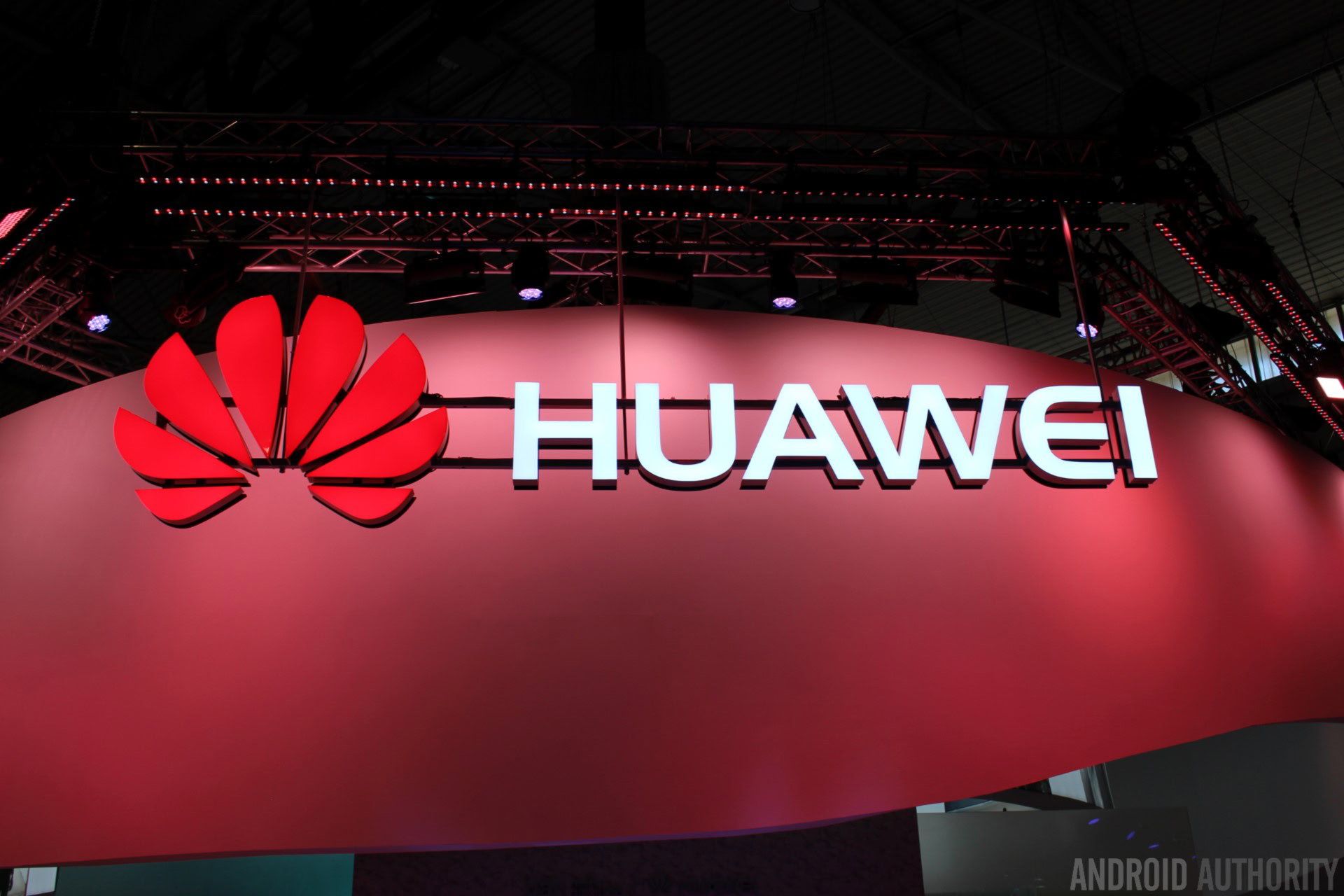
Huawei is a big name in the smartphone industry these days, having grabbed a significant share of the growing Chinese market and also gaining ground abroad in European and even North American markets. While the company has been releasing some very solid devices, critics may have noticed that HUAWEI seems to be falling into some of Samsung’s old pitfalls in the pursuit of catching up with the big two.
For starters, Huawei’s software, while improving, continues to be a weak spot in the company’s otherwise strong handset launches (an all too familiar feeling for opponents of Touchwiz and Samsung Experience). While opinions on the color scheme and look will vary according to taste, EMUI is still playing catchup to the best UIs. For example, it has only just included an app drawer as standard.
Solid processor, check. Impressive camera, check. Nice build quality, check. Top notch software, eh not so much. Sound familiar?
HUAWEI also still ships with a number of duplicate apps that consumers are probably never going to use, insists on odd tweaks such as “Knock Knock” swipes and knuckle gestures, and includes a ton of extra settings and options tucked away in the UI that, arguably, not many people need. While fun for those looking to customize their device, this suggests that HUAWEI can’t make up its own mind about which features are the most important for its users. EMUI 5 isn’t bloated per se, but it’s still in need of some refinement before it competes with the best.
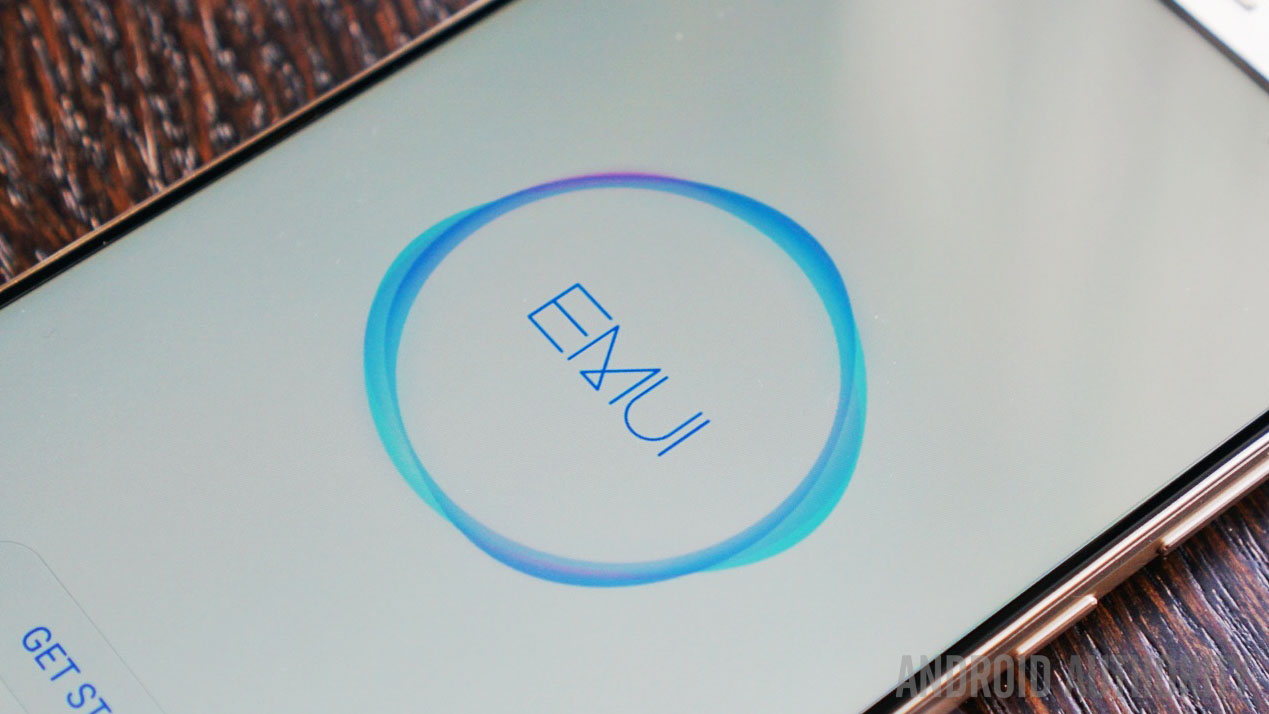
Speaking of software, HUAWEI hasn’t been the fastest at updating its older smartphones to the latest version of Android either, a complaint commonly levelled at Samsung too. While HUAWEI has released Nougat for some of its latest models, the older P9 and P9 Lite flagships have suffered from numerous delays after the company initially promised a Q1 rollout. Furthermore, the barely two year old P8 and Mate S aren’t going to receive an upgrade to Nougat at all, a bitter pill for the company’s long term fans.
HUAWEI can and must do better on the software and support front if it wants to win over premium tier consumers in the West.
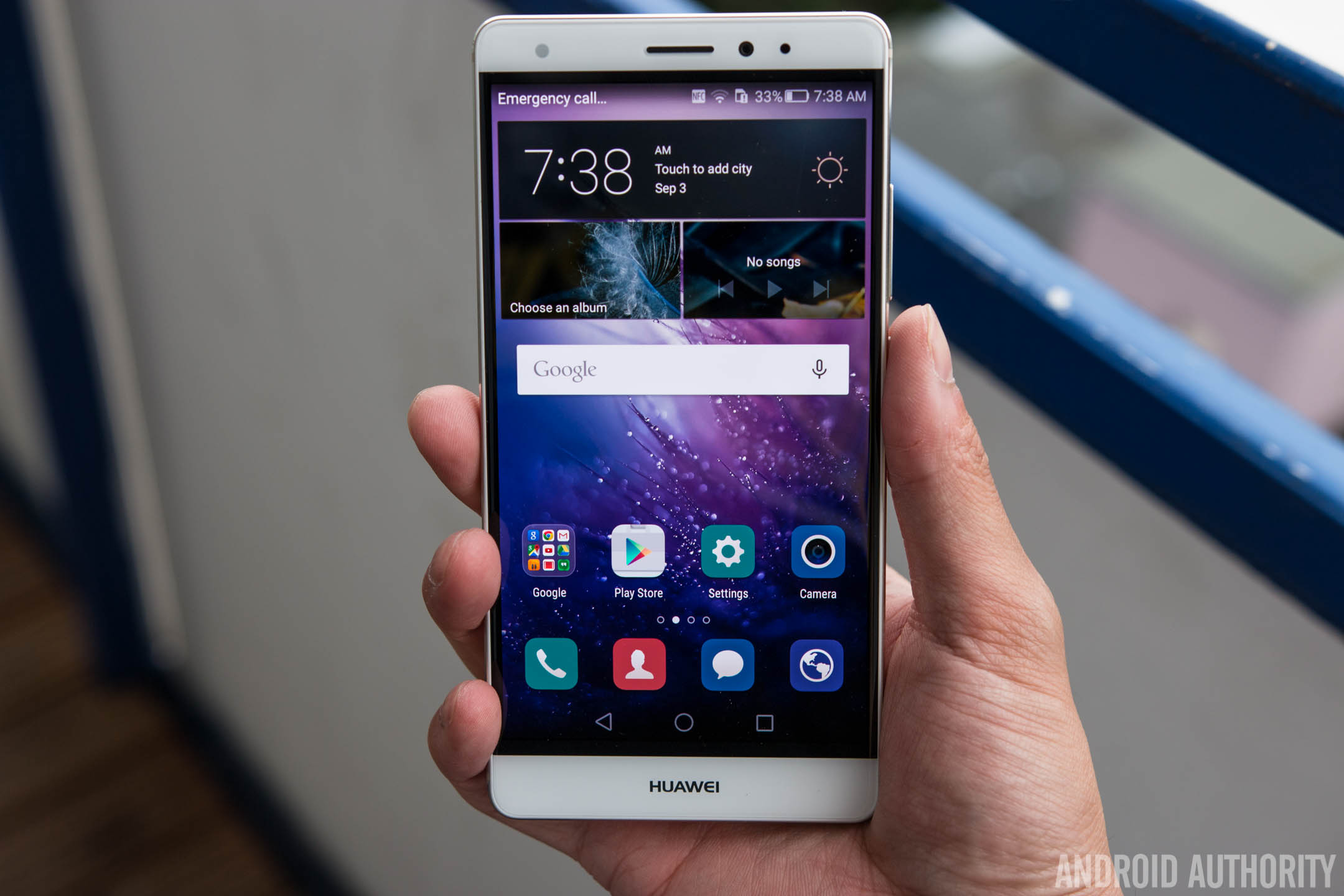
Then there’s the marketing, the confusing crossovers, and the ever growing product portfolio. HUAWEI claims it’s cutting down on the number of ranges that it offers, but each of these now seems to be split into a wider number of handsets.
For starters, we have the new P10, P10 Lite, and the P10 Plus, a trio of different sized and slightly different spec’d handsets. While offering customers a selection at different price points is partly what has made HUAWEI so competitive, the Lite variant of HUAWEI’s flagships has always been a cutdown affair that offers consumers a slower processing package, less memory, and a more basic camera. The Lite is really a different mid-range handset disguised in the wrappings of its top-tier siblings, resulting in a quite different experience.
Huawei's Lite flagship models are the equivalent of Samsung's much maligned Galaxy S Mini handsets.
Samsung has done this in the past too. The Galaxy S Mini series repeatedly cut down on the hardware components found inside its flagship namesake, essentially offering customers a cutdown experience just because they wanted a smaller model.
We mustn’t forget the sheer number of tweaked models that the company offers as well, which just lately includes the Porsche Design Mate 9, Mate 9 Pro, HONOR 8 Pro, P9 Plus and the P9 Lite options that are all floating around out there, and that’s not mentioning the various X and C revisions of the HONOR brand too. Here’s an example of how ludicrous this can quickly become. Do you believe that many customers would know that the HONOR 6X is actually newer than the HONOR 7?
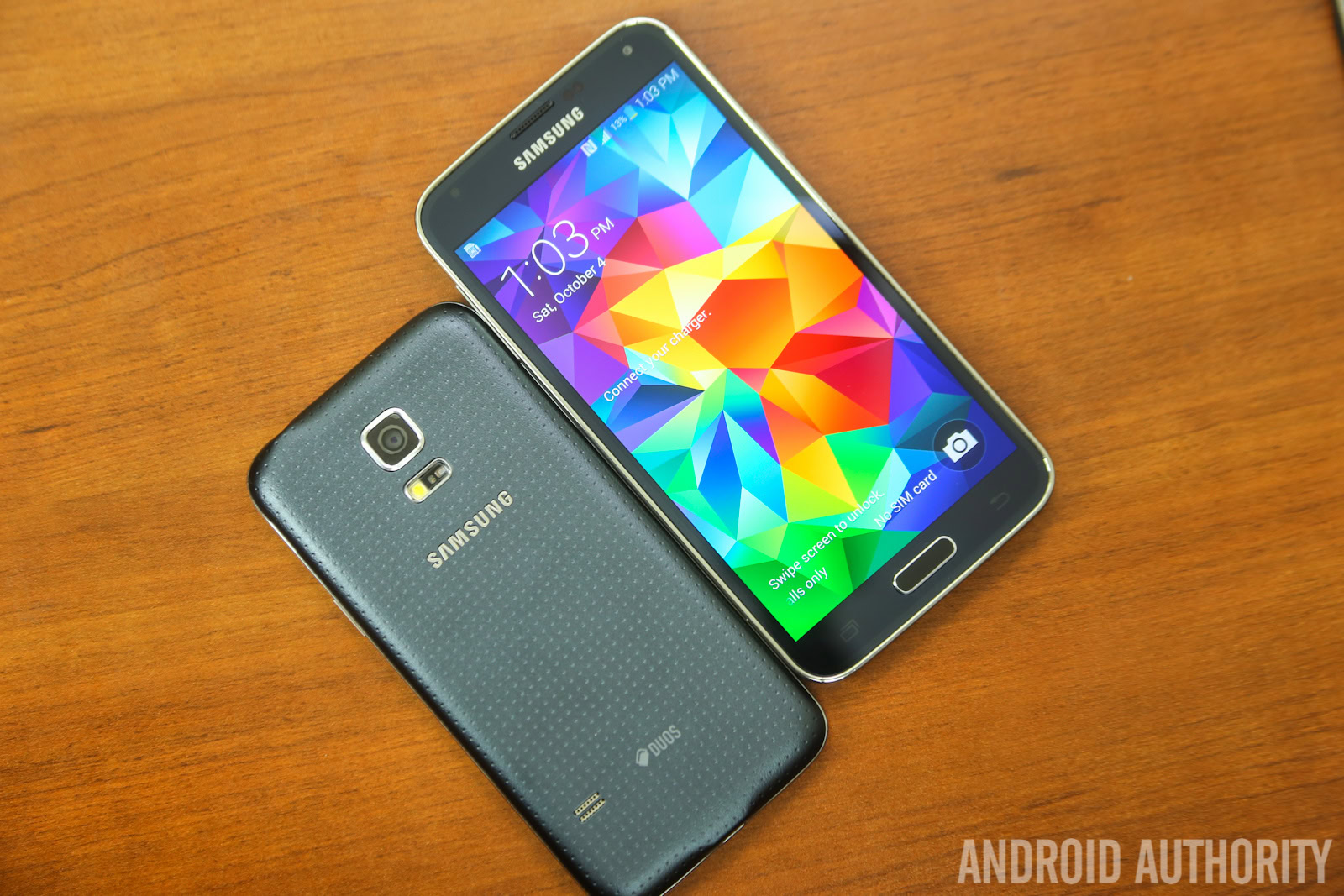
Remember the days of the Samsung Galaxy S6 Edge Plus, Galaxy Note Edge and Duos, all of those Active variants, and the seemingly endless range of Galaxy A, C, and J smartphones? This type of convoluted naming scheme does little other than maybe tell consumers that a phone is slightly bigger than one another, and all the small variations make it almost impossible to keep track of the latest handsets.
As far as I’m concerned, the Mate and Note series should be the phablets from HUAWEI and Samsung, while the P and S ranges are the more reasonably sized flagships. This Plus sized nonsense is just marketing clutter from manufacturers that can’t make up their minds. OK, that’s enough ranting.
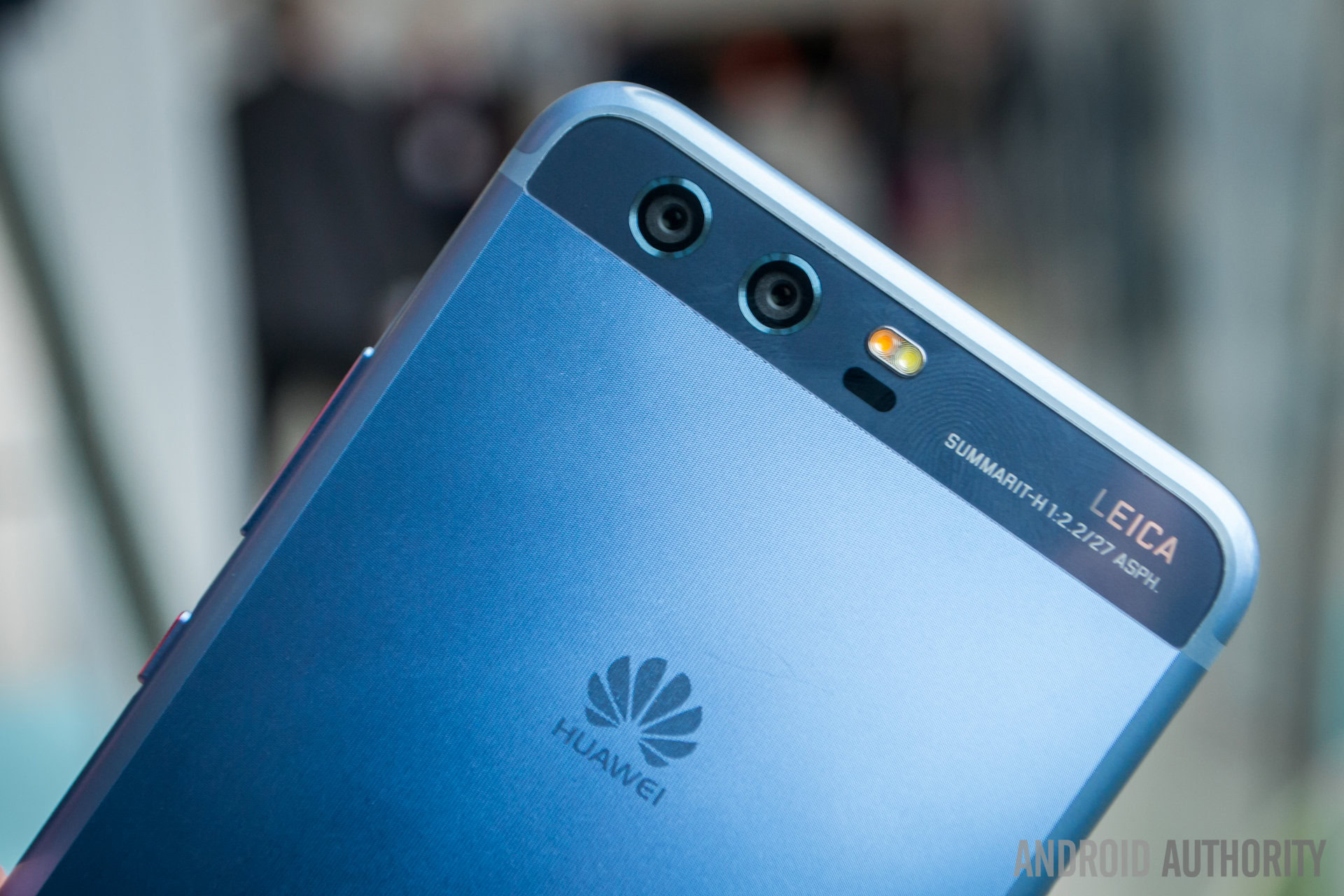
Of course, the elephant in the room for HUAWEI right now is the debacle over the various memory options inside the P10. The latest revelation that HUAWEI has also skimped out on the oleophobic coating on the P10 screen is another example that makes the company look like it’s cutting corners and/or not undertaking proper quality control. Something that Samsung is all too keenly aware of after the Note 7 battery fiasco. And don’t forget that whole mess with the DSLR photo pretending to be from the P9 and the controversy over the Leica co-branding.
The big problem for consumers is that it makes it difficult to assess the performance and quality of what we’re buying. Samsung’s long running decision to release Exynos and Snapdragon powered versions of its flagship smartphones has left some consumers with similar questions. Performance enthusiasts often pursue benchmarks each year to find out if there’s any major difference between the two, although at least for Samsung the regional distribution of these models ensures that your next door neighbour isn’t going to receive a faster handset just thanks to the luck of the draw.
HUAWEI was surely aware of consumer interest in the differences between Samsung's Exynos and Qualcomm powered handsets. If so, it would be naive to think that customers wouldn't care about RAM and flash differences too.
That being said, it’s not completely unheard of for manufacturers to source components from multiple manufacturers to ensure adequate supply, but usually the end result is two models that are very difficult to distinguish. Apple does this with its iPhone modems, and Samsung, along with other OEMs, have sometimes sourced camera components from multiple manufacturers. I don’t think that I need to mention that Samsung and others have all had to contend with component shortages in the past too, nor that there’s customer backlash every time component differences are uncovered.
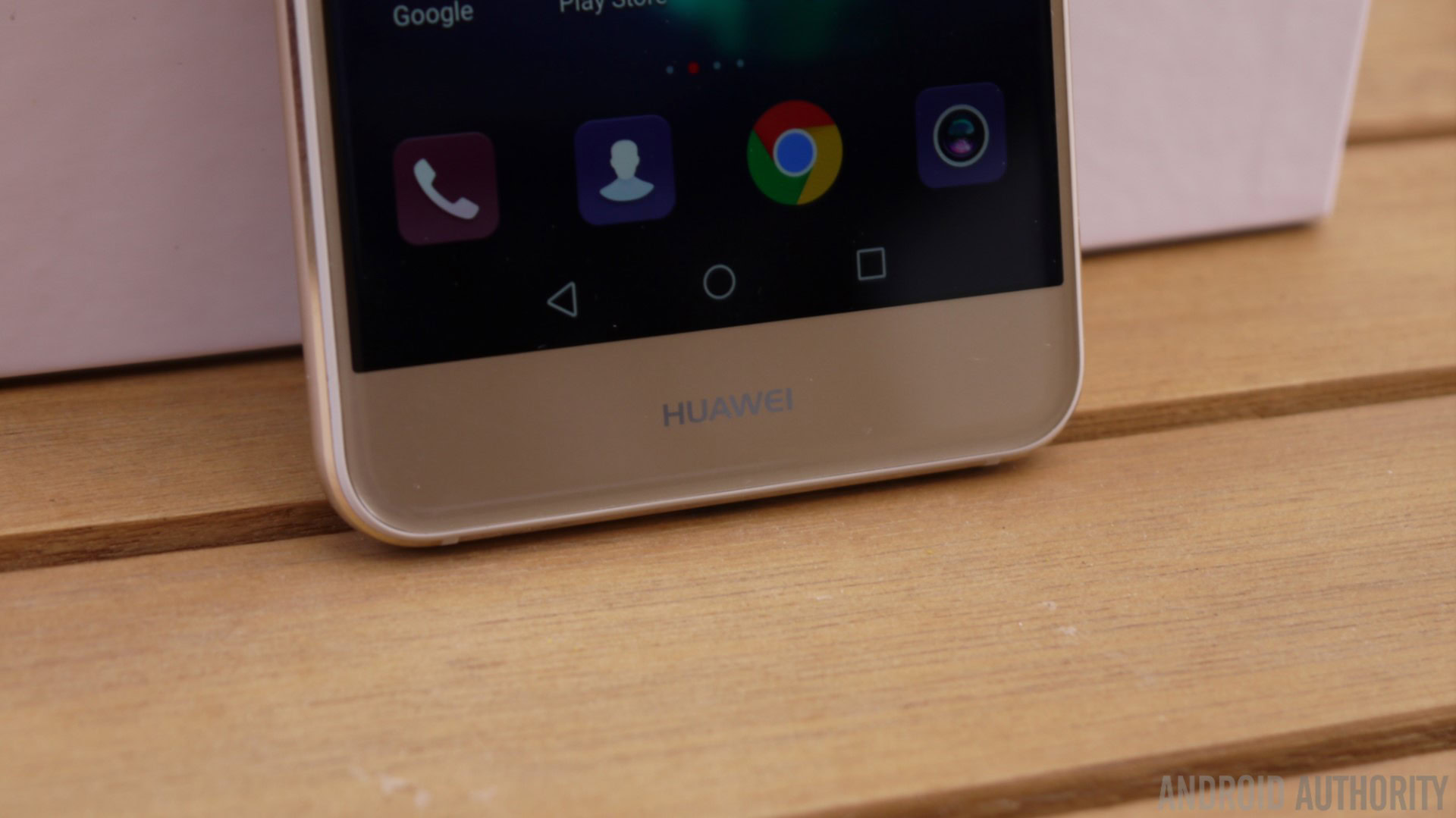
Wrap up
I want to end by saying that these points aren’t intended as a slight against HUAWEI, as no manufacturer is perfect. Instead this is more an observation about the types of issues now facing the company and how oddly similar they are to others we have seen in the past.
Most of these complaints, if you will, are actually likely a result of HUAWEI’s massive growth over the years, and should improve as the company adapts to its new market position. HUAWEI builds quality hardware and now customers are demanding better software to match. However, the growing back catalogue of smartphones is making it harder to provide the longer term support that smaller manufacturers can afford. Meanwhile, selling a record number of handsets and expanding into new territories is clearly putting a strain on HUAWEI’s component supply channels, but this can hopefully be overcome as its purchasing power grows.
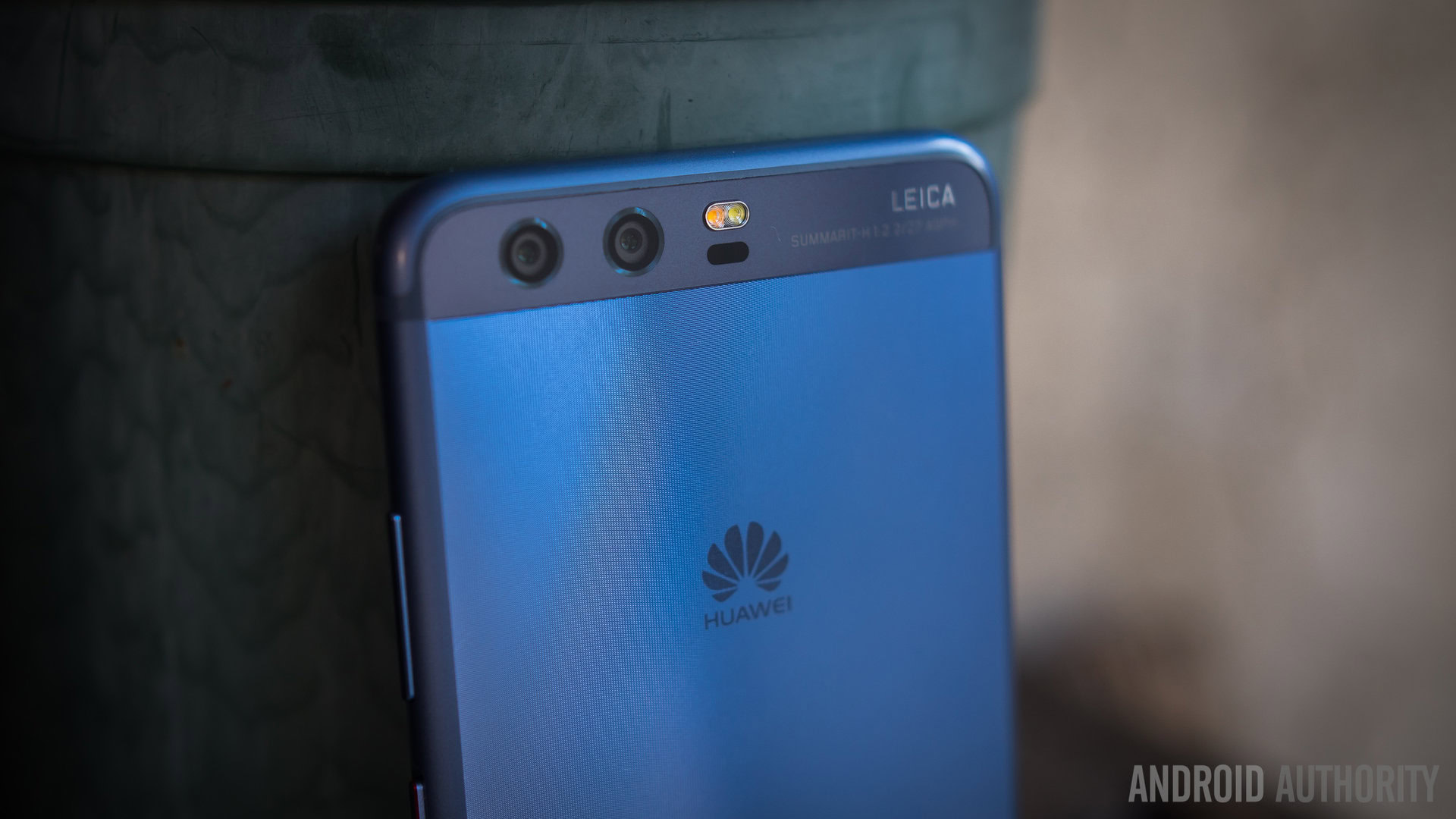
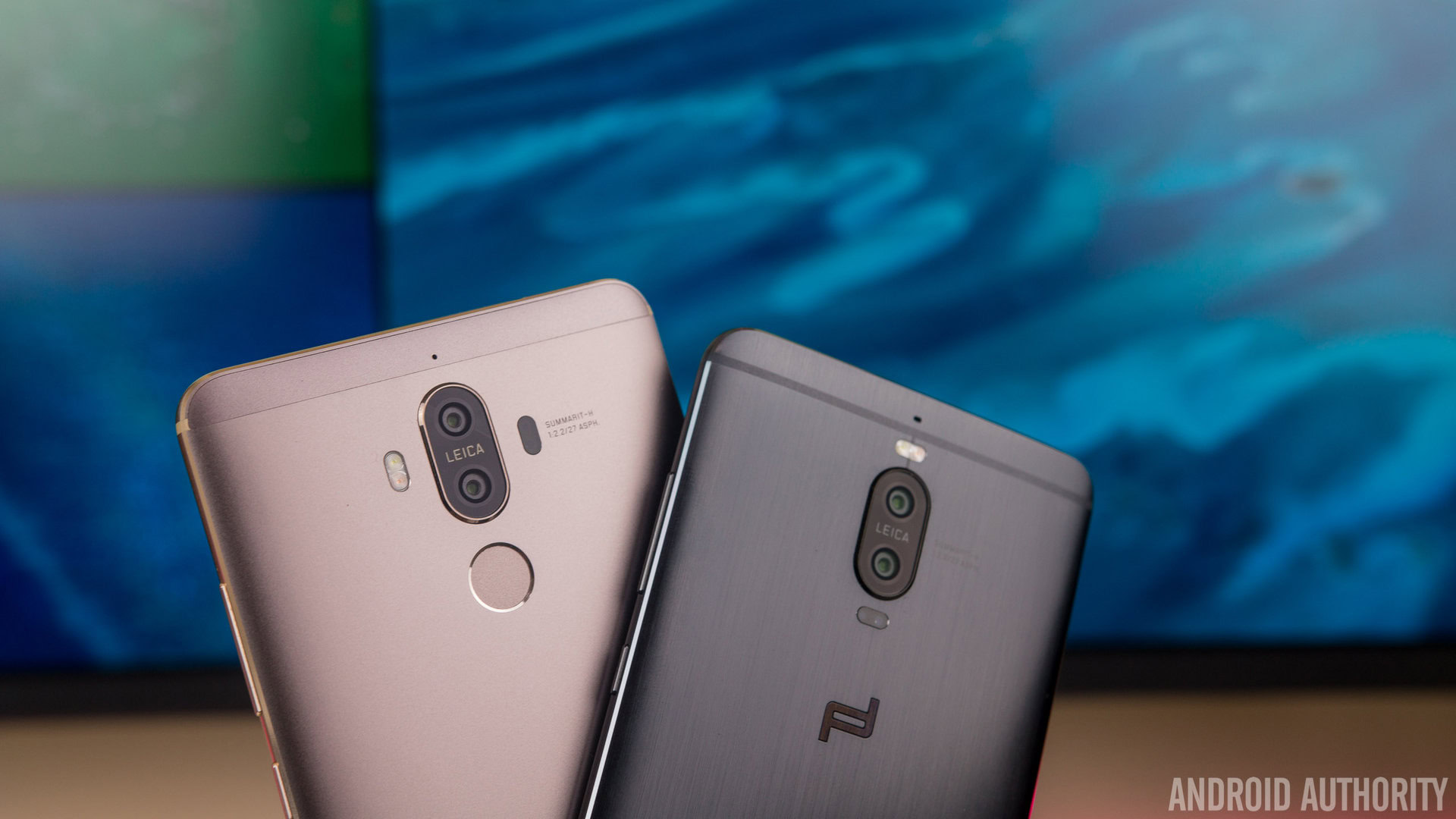
Global expansion is bringing new challenges for HUAWEI, and the company is going to have to tackle them head on if it is to reach the same heights as Apple and Samsung. If the company succeeds, then we’ll all be better off for the competition.
Thank you for being part of our community. Read our Comment Policy before posting.